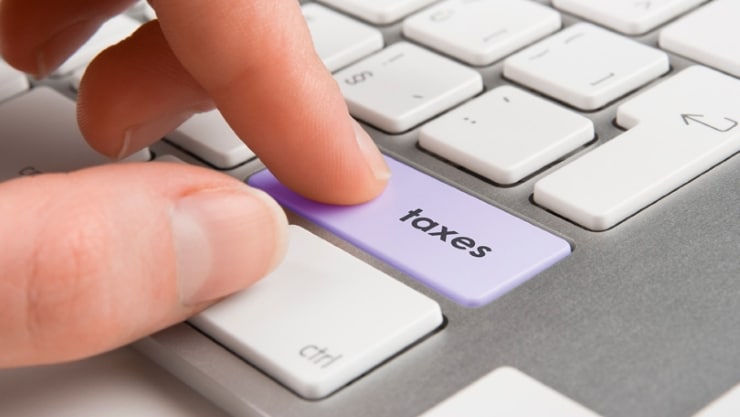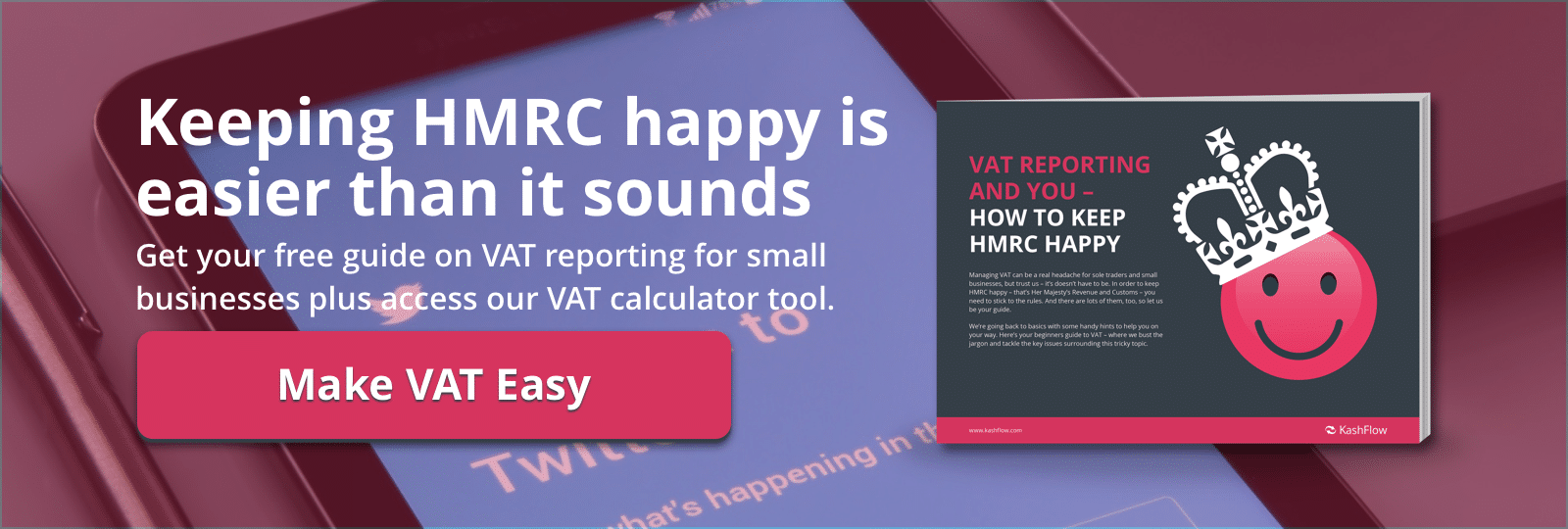‘Making Tax Digital’ – why your business can’t ignore it
 How you manage your taxes is changing. Now’s the time for your business to take tax online if you haven’t already.
How you manage your taxes is changing. Now’s the time for your business to take tax online if you haven’t already.
At the 2015 budget, the government spelled out their vision for a modernized tax system and the end of the tax return. It announced it would revolutionize the service it provides to taxpayers through a £1.3bn investment that will transform HMRC into one of the most digitally advanced tax administrations in the world.
‘Making Tax Digital’ set out how this bold vision for the future of the tax system will be achieved by 2020 through simpler and more aligned payments for tax, which operates closer to real time.
The government’s message on tax is loud and clear – ditch the spreadsheets and take your accounting online – digital tax is the future.
Key digital tax dates
By early 2016 five million small businesses are expected to have access to a secure, personalized digital tax account.
By 2020, most businesses, including companies, partnerships and individual taxpayers who are self-employed and those letting out property, will be required to keep track of their tax affairs digitally and update HMRC at least quarterly.
By reporting information closer to real time, businesses should in theory find it easier to understand how much tax they owe, eliminating any uncertainty over figures and helping them to budget accordingly.
HMRC are hoping to simplify how you manage your tax as a business in a number of ways:
- It will provide a tailored service
Taxpayers will not have to give HMRC information that it already has, or are able to get from elsewhere, for example, from employers, banks, building societies and other government departments. Taxpayers will see the information that HMRC holds through their digital tax accounts, and can check at any time if details are complete and correct. HMRC will then be able to offer a bespoke service based on the information it sees.
- You’ll know where you stand
Businesses will no longer have to wait until year end before finding out how much tax is owed. HMRC will collect and process information affecting tax in as close to real time as possible, to stop a build-up of tax repayments occurring.
- Everything will be under one roof
By 2020, taxpayers will be able to see their complete financial picture in their digital account, as they would with their online bank account. What’s more, they’ll be able to set an over-payment of one tax against the under-payment of another, making it feel like they are paying a single tax.
KashFlow makes managing tax a breeze. The easy-to-use accounting software allows you to easily keep on track of your tax so you’ll always feel in control. Start your free trial of KashFlow software to learn how to help keep your taxes in order.
Keep reading:
Dealing with HMRC can be a headache at times. But when it comes to VAT, we’ve got you covered. From registering for VAT to calculating how much you owe, we’ve included it all in our free guide. Start reading now.

